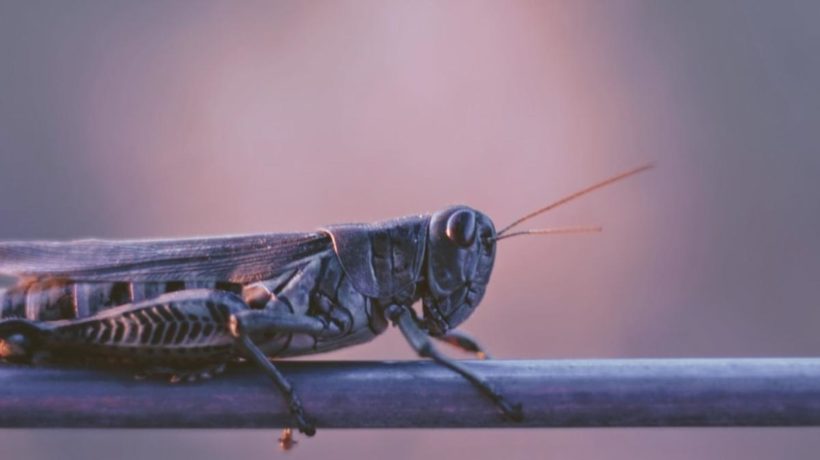As Covid-19 cases grow in East Africa, massive swarms of locusts are also growing—with a new wave of breeding insects poised to put nearly five million people in the area at risk of hunger and famine.
The locust outbreak began last year, likely driven in part by the fact that climate change is causing heavy rainfall and warmer temperatures that help the insects thrive. But it could soon become much worse. By the middle of June, according to a new report from the International Rescue Committee, a new round of hatching could result in swarms that are 8,000 times larger than swarms earlier this year.
“This is the most serious outbreak in the last 70 years,” says Barri Shorey, senior director of economic recovery for the International Rescue Committee. The insects quickly cause major damage: Even a small swarm that covers only a single square kilometer can consume as much food as around 35,000 people. They can quickly strip a field bare.
In an area where 20 million people are already food-insecure, if the swarms aren’t stopped, staple crops such as maize could be decimated. Somalia, which is expected to be the hardest hit, could see 50%-70% losses of some crops. The country’s farms and pastures were previously hit by drought in 2017 and 2019, followed by flooding. The new generation of locusts could also spread to countries such as Pakistan, which has already been dealing with billions of dollars in damage from a separate locust outbreak.
If they’re caught at an early stage in their growth cycle, locusts can be controlled, and the IRC is working with local communities to help improve surveillance so locust nests can be sprayed. “It’s really about timing and gaining control and responding before it gets too large,” says Shorey. The organization is also preparing to help farmers recover if they lose their crops, and to give families cash to help them buy food—especially at a time when Covid-19 lockdowns mean that many people are already losing their incomes. Covid-19 cases in the region appear to be less severe than in some other parts of the world, though this may change, and it may also reflect the fact that not enough testing is happening; separate from the impact of the disease, lockdowns are having a clear impact. “The risk of not being able to access enough money to eat, to pay rent, to survive day to day, continues to get worse and worse for those who are already the most vulnerable,” she says.
Article originally published on fastcompany.com.







